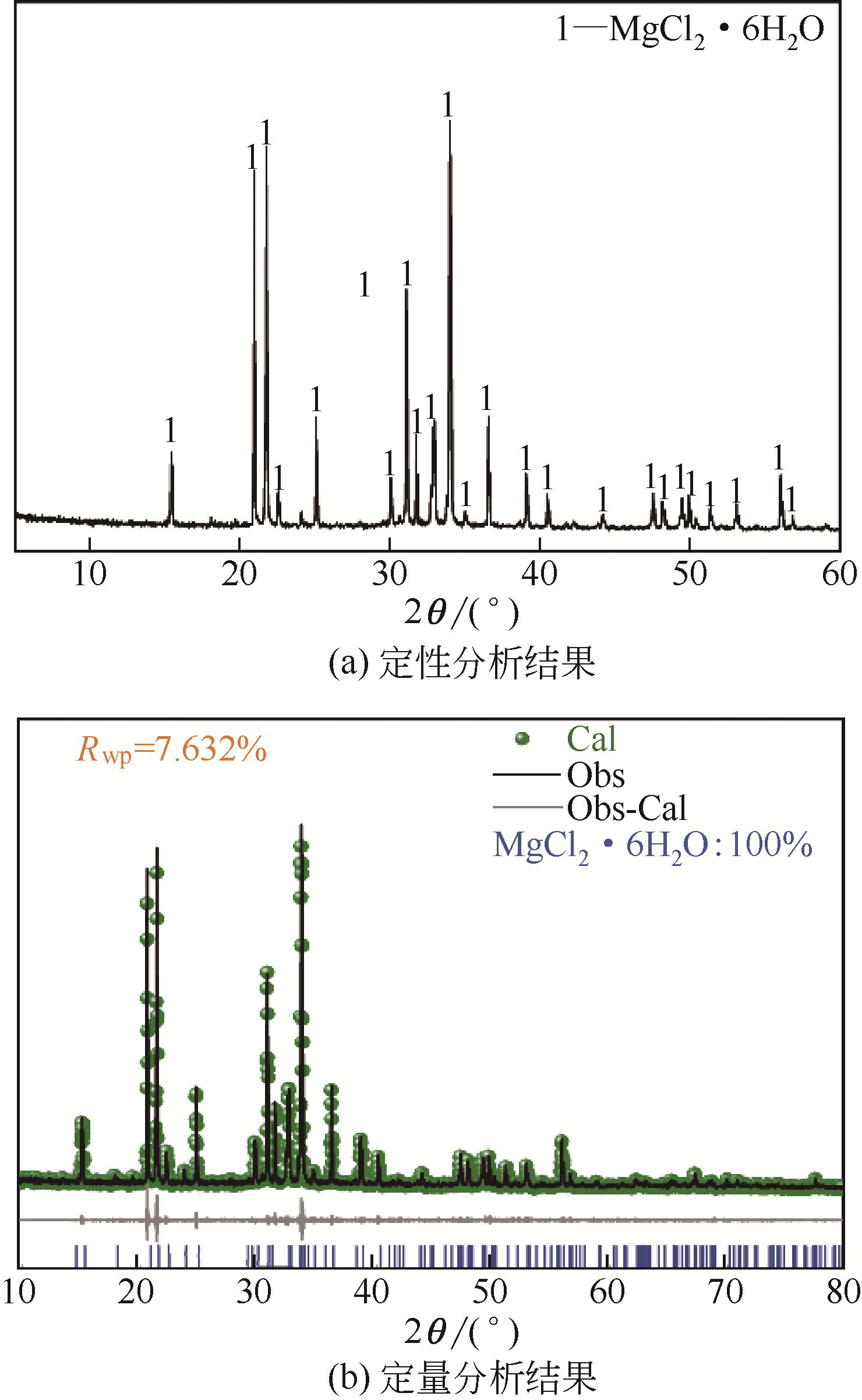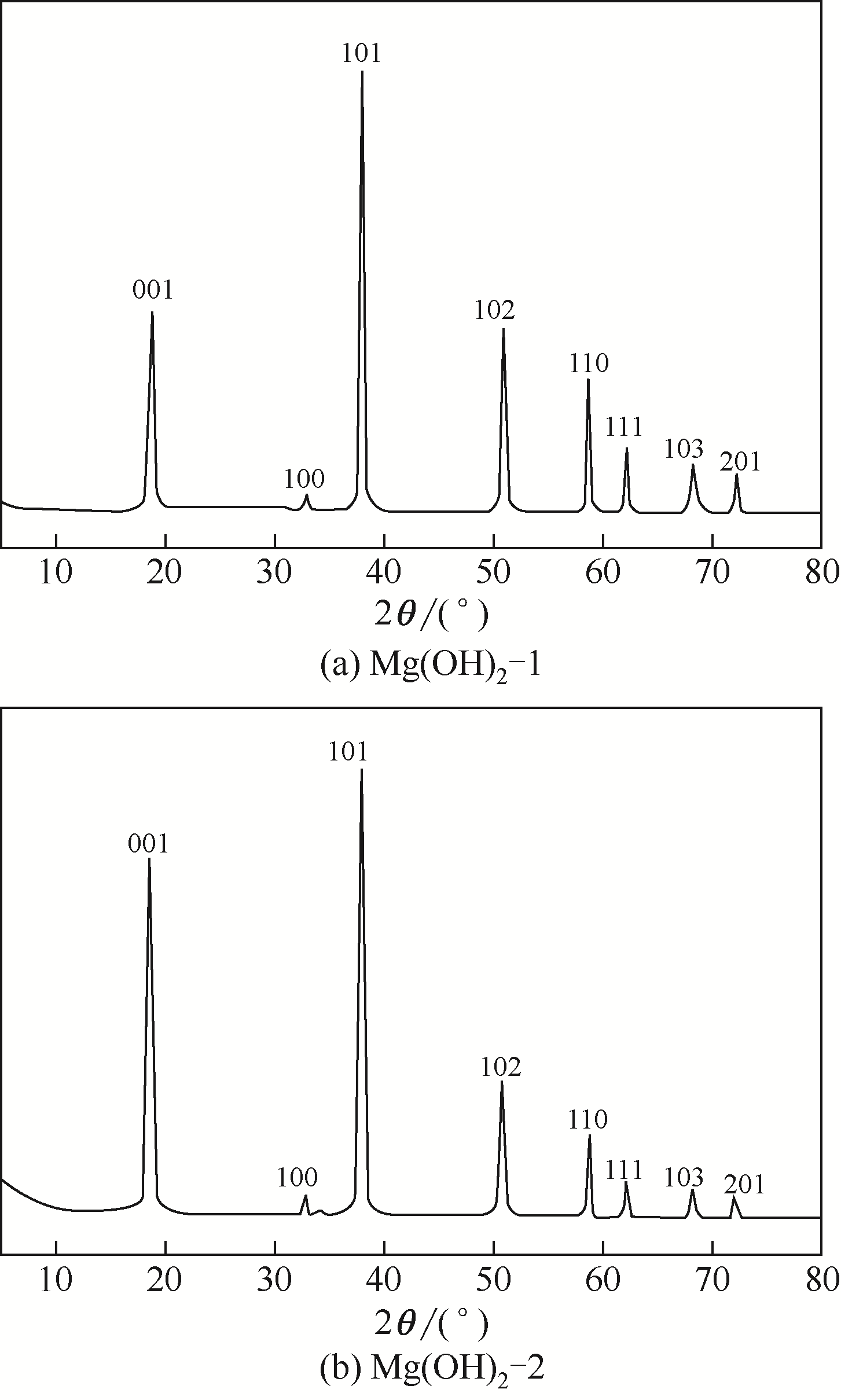| 1 |
LU J,WU J,ZHANG C,et al.Occurrence, distribution, and ecological-health risks of selected antibiotics in coastal waters along the coastline of China[J].Science of the Total Environment,2018,644:1469-1476.
|
| 2 |
KEMPER N.Veterinary antibiotics in the aquatic and terrestrial environment[J].Ecological Indicators,2008,8(1):1-13.
|
| 3 |
HOMEN V,SANTOS L.Degradation and removal methods of antibiotics from aqueous matrices-a review[J].Journal of Environmental Management,2011,92(10):2304-2347.
|
| 4 |
CARVALHO I T,SANTOS L.Antibiotics in the aquatic environments: a review of the European scenario[J].Environment International,2016,94:736-757.
|
| 5 |
FANG Z Q,CHEN J H,QIU X H,et al.Effective removal of antibiotic metronidazole from water by nanoscale zero-valent iron particles[J].Desalination,2011,268(1/2/3):60-67.
|
| 6 |
CHENG W,YANG M,XIE Y Y,et al.Enhancement of mineralization of metronidazole by the electro-Fenton process with a Ce/SnO2-Sb coated titanium anode[J].Chemical Engineering Journal,2013,220:214-220.
|
| 7 |
RIVERA-UTRILLA J,SÁNCHEZ-POLO M,PRADOS-JOYA G,et al.Removal of tinidazole from waters by using ozone and activated carbon in dynamic regime[J].Journal of Hazardous Materials,2010,174(1/2/3):880-886.
|
| 8 |
KERMANI M,BAHRAMI ASL F,FARZAAKIA M,et al.Heterogeneous catalytic ozonation by nano-MgO is better than sole ozonation for metronidazole degradation, toxicity reduction, and biodegradability improvement[J].Desalination and Water Treatment,2016,57(35):16435-16444.
|
| 9 |
BAI Z Y,WANG J L,YANG Q.Iron doped fibrous-structured silica nanospheres as efficient catalyst for catalytic ozonation of sulfamethazine[J].Environmental Science and Pollution Research,2018,25(10):10090-10101.
|
| 10 |
IKHLAQ A,KASPRZYK-HORDERN B.Catalytic ozonation of chlorinated VOCs on ZSM-5 zeolites and alumina: formation of chlorides[J].Applied Catalysis B: Environmental,2017,200:274-282.
|
| 11 |
YIN R L,GUO W Q,ZHOU X J,et al.Enhanced sulfamethoxazole ozonation by noble metal-free catalysis based on magnetic Fe3O4 nanoparticles: catalytic performance and degradation mechanism[J].RSC Advances,2016,6(23):19265-19270.
|
| 12 |
HE K,DONG Y M,LI Z,et al.Catalytic ozonation of phenol in water with natural brucite and magnesia[J].Journal of Hazardous Materials,2008,159(2/3):587-592.
|
| 13 |
SUN Q,LU J,WU J,et al.Catalytic ozonation of sulfonamide, fluoroquinolone, and tetracycline antibiotics using nano-magnesium hydroxide from natural bischofite[J].Water,Air, &Soil Pollution,2019,230(3):55.
|
| 14 |
申红艳,刘有智.纳米氢氧化镁的制备及其原位改性[J].化工进展,2017,36(1):294-298.
|
|
SHEN Hongyan,LIU Youzhi.Preparation andin situ modification of magnesium hydroxide nanoparticles[J].Chemical Industry and Engineering Progress,2017,36(1):294-298.
|
| 15 |
FAN W L,SUN S X,SONG X Y,et al.Controlled synthesis of single-crystalline Mg(OH)2 nanotubes and nanorodsvia a solvothermal process[J].Journal of Solid State Chemistry,2004,177(7):2329-2338.
|
| 16 |
LI H X,LI L P,CHEN S Q,et al.Kinetic control of hexagonal Mg(OH)2 nanoflakes for catalytic application of preferential CO oxidation[J].Chinese Journal of Chemistry,2017,35(6):903-910.
|
| 17 |
TAGLIERI G,FELICE B,DANIELE V,et al.Mg(OH)2 nanoparticles produced at room temperature by an innovative, facile, and scalable synthesis route[J].Journal of Nanoparticle Research,2015,17(10):411.
|
| 18 |
WANG S Y,HE W Z,LIU C,et al.Characterizations and preparation of Mg(OH)2 nanocrystals through ultrasonic-hydrothermal route[J].Research on Chemical Intermediates,2016,42(5):4135-4145.
|
| 19 |
KHATAEE A,KlRANŞAN M,KARACA S,et al.Photocatalytic ozonation of metronidazole by synthesized zinc oxide nanoparticles immobilized on montmorillonite[J].Journal of the Taiwan Institute of Chemical Engineers,2017,74:196-204.
|
| 20 |
NAWROCKI J,KASPRZYK-HORDERN B.The efficiency and mechanisms of catalytic ozonation[J].Applied Catalysis B: Environmental,2010,99(1/2):27-42.
|
| 21 |
JOTHINATHAN L,HU J Y.Kinetic evaluation of graphene oxide based heterogenous catalytic ozonation for the removal of ibuprofen[J].Water Research,2018,134:63-73.
|
| 22 |
WU Z W,ZHANG G Q,ZHANG R Y,et al.Insights into mechanism of catalytic ozonation over practicable mesoporous Mn-CeOx/γ-Al2O3 catalysts[J].Industrial & Engineering Chemistry Research,2018,57(6):1943-1953.
|
| 23 |
ZHU H,MA W C,HAN H J,et al.Catalytic ozonation of quinoline using nano-MgO: efficacy, pathways, mechanisms and its application to real biologically pretreated coal gasification wastewater[J].Chemical Engineering Journal,2017,327:91-99.
|
 ),Guangcan ZHU1(
),Guangcan ZHU1( ),Jun WU2(
),Jun WU2( ),Jian LÜ3,4
),Jian LÜ3,4






